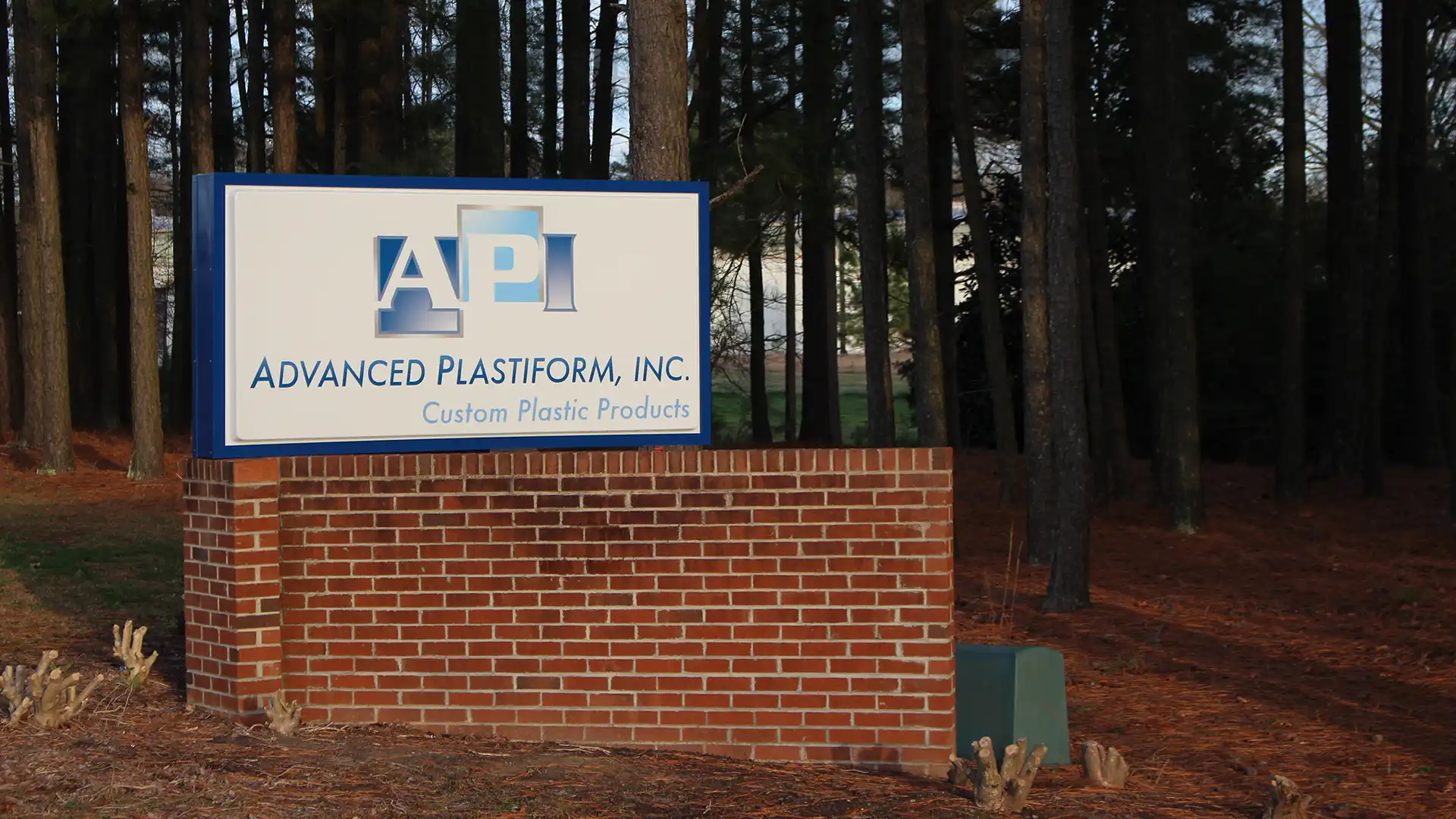In 2018, global sales of electric cars rose 73 percent from 2017, which brought huge…
While electric cars were slow sellers for their first few years on the market, a dramatic shift happened in 2020, which saw a 43 percent increase in available stock over the previous year. The manufacturers clearly saw the demand coming because in 2021, electric car sales doubled over the previous year, with 6.6 million vehicles sold. As electric vehicles (EVs) continue to sell at a rapid pace with no sign of slowing down, manufacturers are shifting automotive design to focus on these vehicles. Our automotive thermoforming company in North Carolina is looking at how plastics are playing a key role in updated EV design.

Updating the Motor for Electric Vehicles
Traditionally, vehicles rely on an internal combustion engine to power the car. Of course, this reaction generates high heat, requiring materials that could withstand those extreme temperatures. Electronic vehicles don't require that level of performance. Instead, the focus of plastics around the motor is for electrical insulation. These plastics are lighter than high-performing plastics, which lowers the overall weight of the car. Just like a traditional car, lighter weight means improved efficiency, and in this case, more miles between charges.
Improving Battery Longevity
All cars need a battery to run, but of course, electric vehicles rely solely on their battery to operate, rather than just getting started. Thus, the lead-acid battery in most traditional vehicles simply isn't going to work for an electric car. EVs rely instead on a lithium-ion battery. The biggest concern is that, unlike the 30-pound lead-acid battery, a lithium-ion battery weighs an average of 1,000 pounds - roughly 30 percent of the vehicle's weight.
Thus, the main priority to increase efficiency is to reduce the weight of the battery, and again, designers and manufacturers are turning to plastics. The key is to produce lightweight battery packs with plastics that are resistant to heat and electrical conductivity. Currently, Dow Chemical's MobilityScience™ platform is working with car manufacturers to integrate polyolefin, acrylic, and other materials into the pack while silicone gel and encapsulants are used inside the battery pack's power management system.
Shifting to Plastic Bumpers
While metal and rubber were traditionally the materials used for vehicle bumpers, plastics are now considered the safer, better option. Not only do thermoplastic polymers offer improved durability, impact resistance, and impact absorption, but they also are much lighter. Again, this reduces the weight of the vehicle without sacrificing safety.
Safety Glass Updates
Polycarbonate and acrylic are now being used in automotive glass to reduce weight and increase safety. Most windshields are produced using two laminated sheets of glass, but in between the layers of glass is a thin plastic layer. Again, this reduces the weight of the glass, but more importantly, it reduces injury. The sheet of plastic keeps the sheets of glass bonded in the event of a collision, making the glass less likely to shatter and fly into the vehicle, causing serious harm to passengers.
Get a Free Quote for Automotive Thermoforming and Injection Molding
As vehicle manufacturers rely more heavily on custom plastics to improve performance, reduce weight, and increase efficiency, Advanced Plastiform, Inc. can help you meet your goals. We specialize in industrial thermoforming and injection molding and have worked with both car manufacturers and third-party parts suppliers to produce custom parts, products, and components. We work with companies throughout the Mid-Atlantic and Southeastern states including North Carolina, South Carolina, Pennsylvania, Maryland, Tennessee, Georgia, and Virginia. To learn more about our services or get a free quote, reach out to us today.

